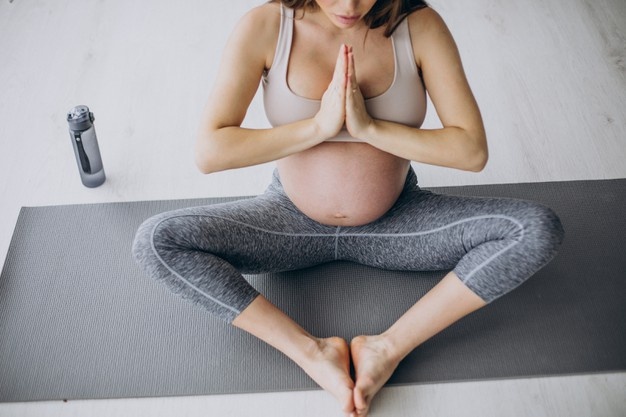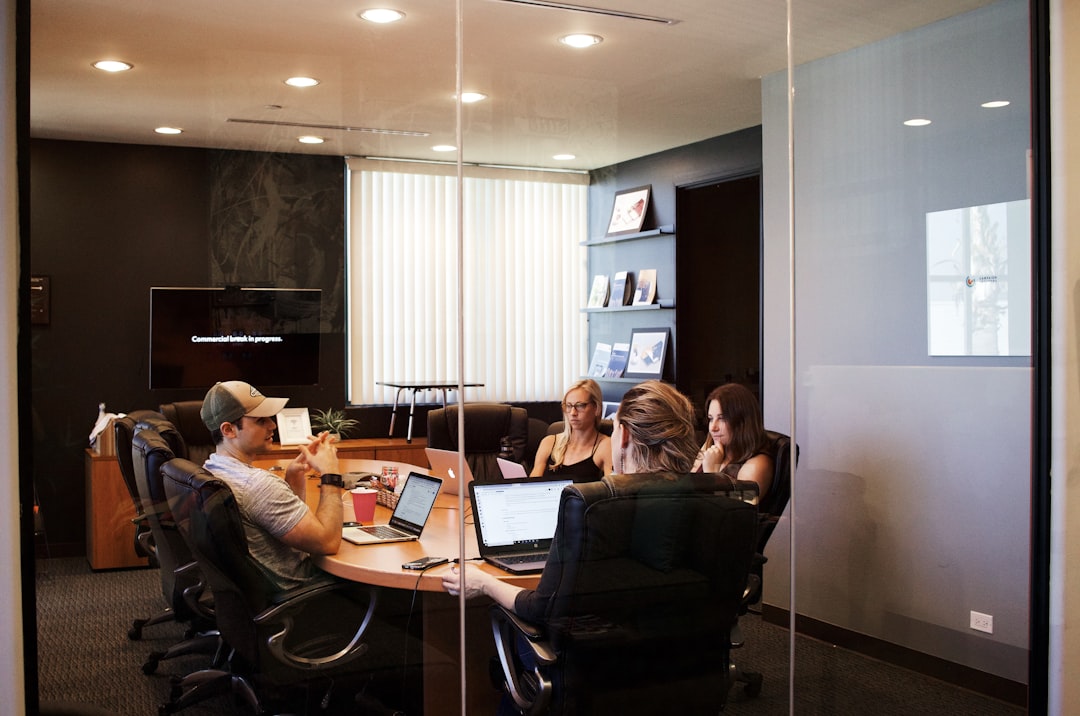From the day your pregnancy is confirmed through the day of delivery, your body undergoes changes. And these changes are evident every single day, both psychologically and physiologically.
While this transition is happening through nine plus months, it is advised to be physically active. This includes regular exercise which provides a powerful workout stimulus.

Pilates can improve hormonal balance and efficient blood flow, throughout the three trimesters.
The training plans and exercise routines are recommended by an experienced Pilates trainer. These plans are based on the trimester and your ability.
Most women reported that they noticed improvements through healthy lifestyle adjustments. Besides this, some physiological processes also helped.
Always, listen to your body. Be mindful about your workouts and change them accordingly.
Practicing Pilates according to the growing bump, brings health – to you and your growing baby. Note that you can’t do all kinds of exercises while you are pregnant. Do moderate workouts and don’t push yourself for extra effort.
Practicing prenatal Pilates expands your uterus and continually shifts your centre of gravity. This ultimately changes the way you feel, physically and mentally.
There might be a question that’s constantly running in your mind. “What to do and when to do it?”
The following article guides you through different workouts for each trimester.
First Trimester
In this early stage of your pregnancy, much is not visible on the outside. But most of the times, you start to feel it inside.
Even though there’s nothing painful for the mama-to-be and the baby, it is advised to not put much effort during these first ninety days.
Here are the top tips from experts for your first trimester –
Inform
Most women are fearful to inform that they are pregnant. Although there’s nothing specific about ‘what to do’ and ‘what not to’, letting your Pilates teacher know about your pregnancy is important! It helps them to educate, advise and encourage you to not put much effort and listen to your body.
Be Mindful
Become more conscious about your body and pay attention to how you’re feeling. Be informed to avoid inversions or lying on your stomach if you feel sick or nauseous.
Start from Basics
Focus on fundamental Pilates like breathing and stabilization. It is the good time to go back and start from basics.
Make Tolerable Spring Choices
Go with a lighter spring if you choose to do leg or arm work during your pregnancy. If you are doing Reformer Pilates, then choose a heavier spring for stability exercises.
Second Trimester
This is the time your body is starting to change both outside and within. You can observe a shift in your weight, and centre of balance. Also, changes like greater lumbar curve and forwarded chest can be seen. This is the big time, and you really need to change and adjust everything that’s related to you.
It’s important to adapt yourself to specifically designed exercises to keep up the strength and stability of your joints.
The top tips from experts for your second trimester are as follows –
Limit Lying on Your Back
During the second trimester, you’ve to limit the work in supine (or lying on your back) position. When you lie on your back, the uterus compresses the inferior vena cava and the aorta. This results in the restriction of blood flow to the baby and makes you feel dizzy. Limit supine work to just a few minutes at a time. Try changing your work with side-lying, sitting, or standing position.
Avoid Lying on Your Belly
It’s obvious to avoid lying on your belly as there’s a baby inside. Adapt other positions to ensure that the baby feels comfortable.
Engage with The Correct Props
While doing the footwork Pilates exercise using the reformer machine, it is good to use a wedge to modify your supine position. The same is applicable when you are doing on a mat. You can continue your footwork on the Reformer in the side-lying position on a wedge.
Limit Yourself and Be Cautious
Note that you can’t do all exercises while you are pregnant. Listen to your body and limit your workouts accordingly. It’s better to limit or avoid inversions – like spine massage on the Reformer and Balance control on the Mat. Sometimes, you’ll be worried or anxious that something might hurt you or the baby. Be on the cautious side. Stay informed that there are alternative workouts for the same muscles. So, you need not to do workouts that you don’t feel good about.
Avoid Too Much Bending
During this sensitive phase, too much of anything might lead to adverse consequences. Bending a joint (an arm or leg) is medically termed as flexion. You must be smart and proactive in avoiding too much flexion from a supine (or lying face upwards) position. Excessive forward flexion can cause diastasis recti, where there is partial or complete separation of the rectus abdominis or abdominal muscles. The separation of these muscles which meet at the midline of your stomach, is very common during and after pregnancy.
But there’s a way to do flexion – that is in a seated position. The good alternatives, for example, are a Half Rollback on the Tower or a seated Spine Stretch.
Be Smart with Twisting
Whether you are pregnant or not, rotation or twisting is a cool and functional movement. Experts’ recommendation is to add lifting, elongating and rotation of the spine to your workout. Also, they recommend “hugging the baby” with your abdominal muscles.
“Hugging the baby” helps to –
- maintain your posture,
- protect your low back,
- create space in the mid-back,
- avoid diastasis recti (separation of the abdominal muscles) and
- heal stretched-out muscles after birth.
Emphasize on The Deep Abdominals
Focusing on your deepest abs or transverse abdominis supports your back. Emphasized workouts on deep abs is important, as it helps in reducing your back pain.
Play Down the Pelvic Floor
It is advised, not to overemphasize the pelvic floor muscles during your pregnancy. You can bring awareness to these muscles through breath. Allow the pelvic floor muscles to fully release by taking a break between repetitions.
Third Trimester
As you’ll be very tired, allow yourself to relax a lot through this last trimester. Start again with the breathing work and be attentive to get enough relaxation during your workout.
Besides following those second trimester tips, follow the below tips for your trimester three.
Go Wide
Instead of having your legs in parallel position, have them in turned out or wider position. This is needed, as your bearing has grown bigger.
Give Extra Care to Your Chest and Back
Your chest and back need some extra Tender Loving Care. For this, you’ve to do more chest openers and back openers like Swan standing or seated on a Box. As your belly and breasts are growing, there’s a tendency of pain for your shoulders and the back. So, workouts like Chest Expansion help to strengthen your chest and back.
Also, it’s important that you should not ignore any pain in the belly button. It might be because of hernia. So, it’s good to consult your doctor as it can’t be fixed by Pilates.
Don’t Ignore Joints
Muscle workouts promote circulation, support the joints, and reduces the joint pain. Pilates can help with easing the symptoms of pregnancy-related condition known as pubic symphysis. You’ll get complete relief from this condition only after the delivery.
Be Earlier on Relaxing
Relax and do things that makes you feel good. Take out all expectations and stop judging yourself.




